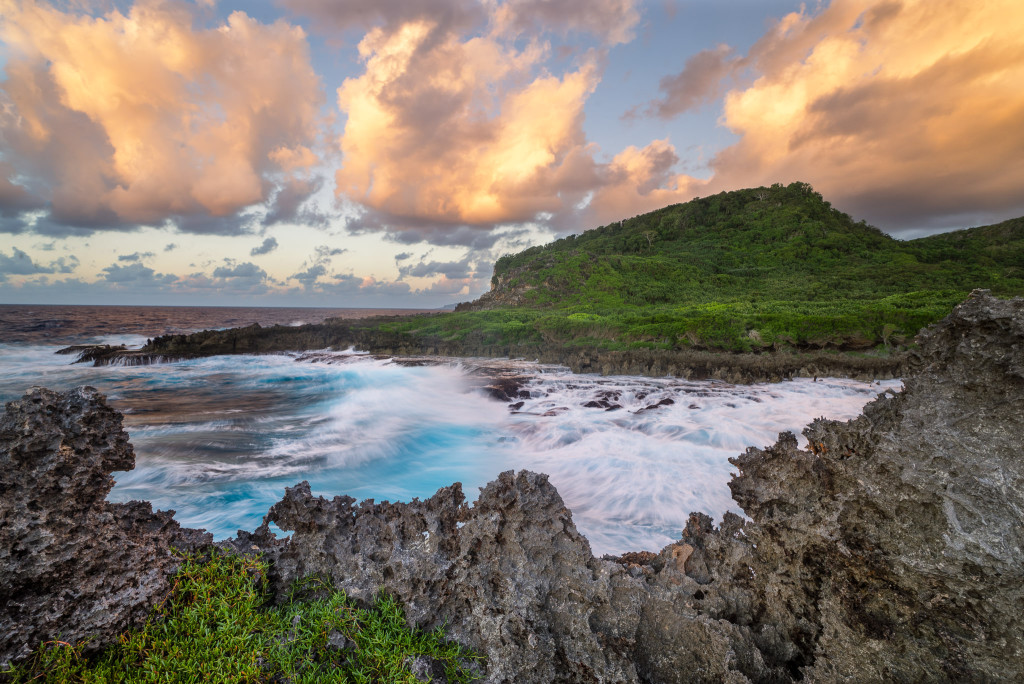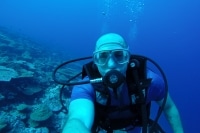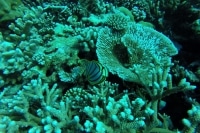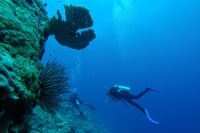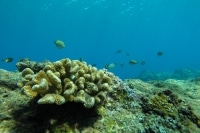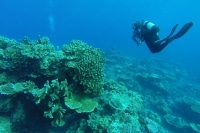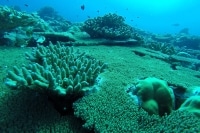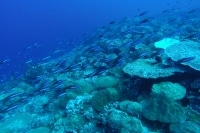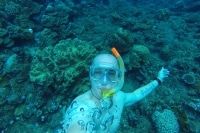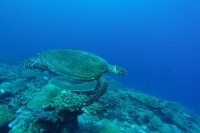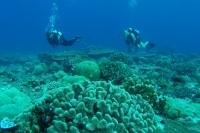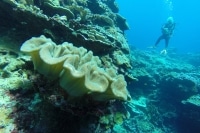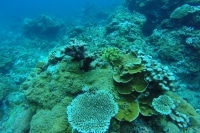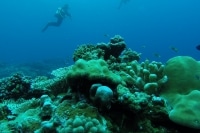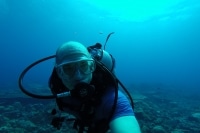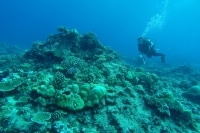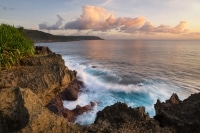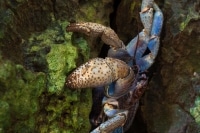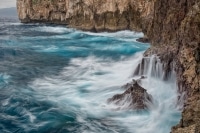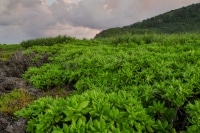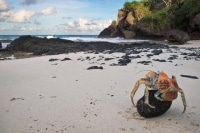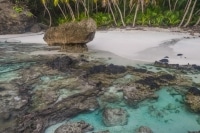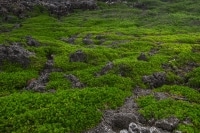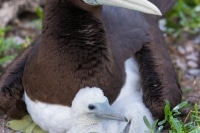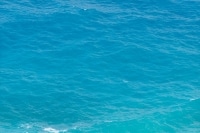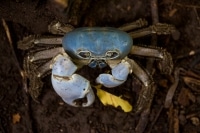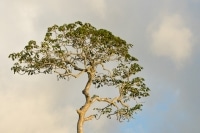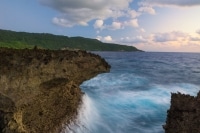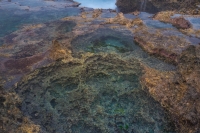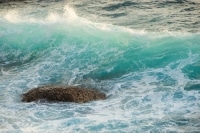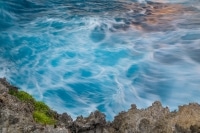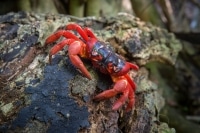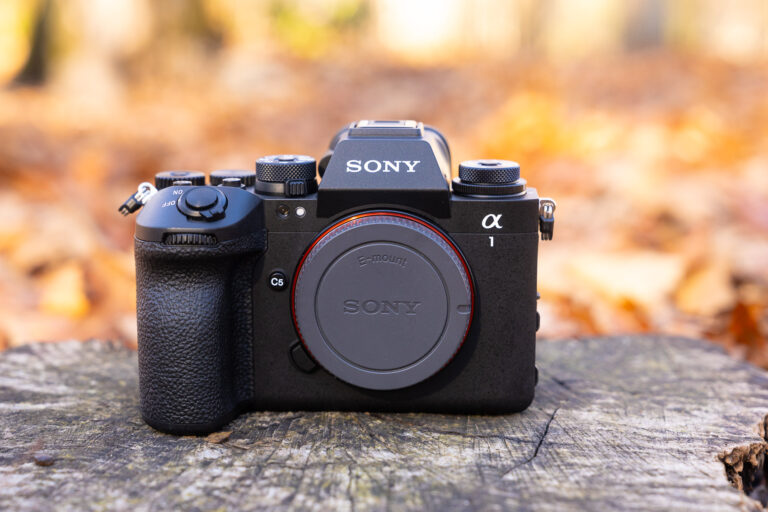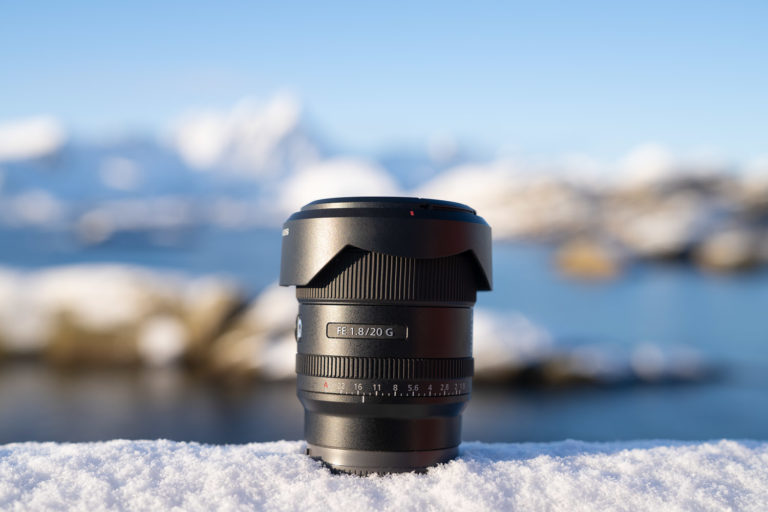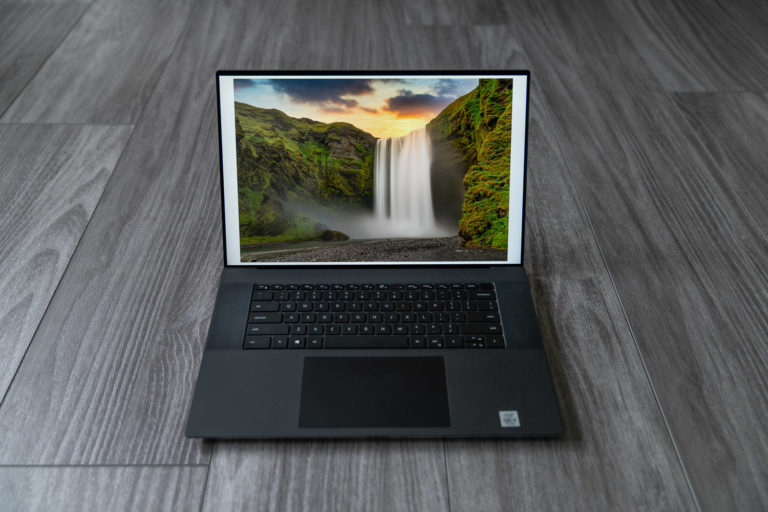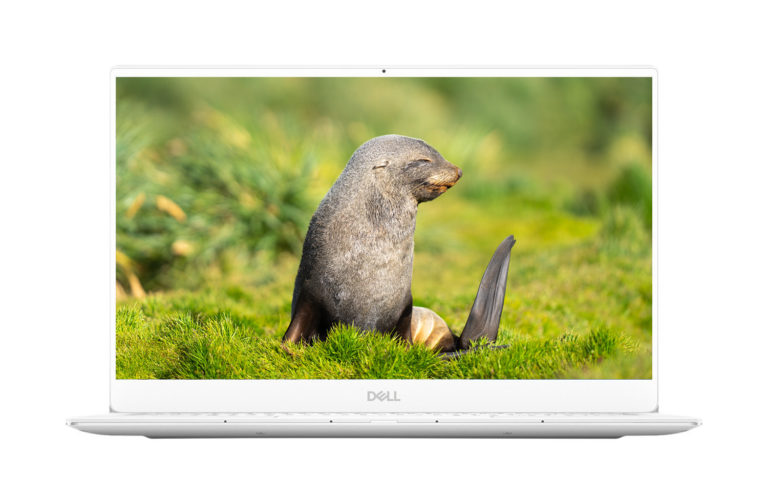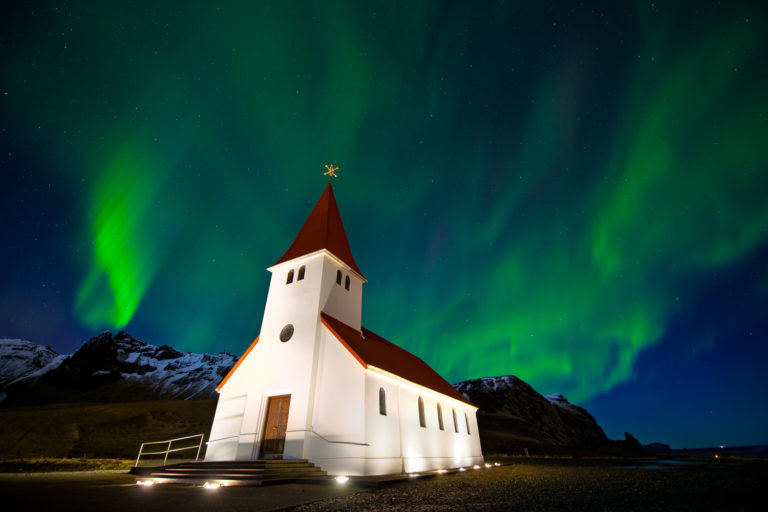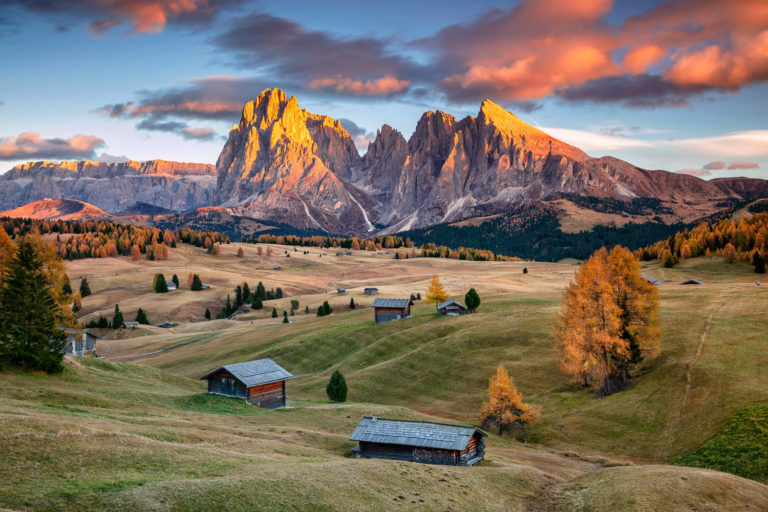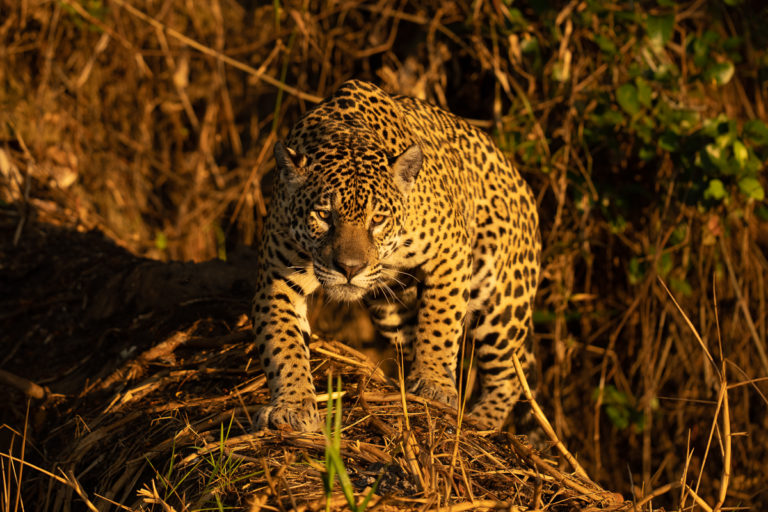As a professional travel photographer, there is no shortage of incredible locations around the world that I am fortunate to get the opportunity to explore and experience first hand. From climbing mountain peaks in the Himalayas to swimming with sharks in the Galapagos to watching active volcanoes in Iceland. However, for the longest time the remote and wild island paradise of Christmas Island had been on my bucket list. Why? Let’s just say that if Hawaii and the Galapagos Islands had a baby….the result would be Christmas Island. Sounds pretty incredible, right?
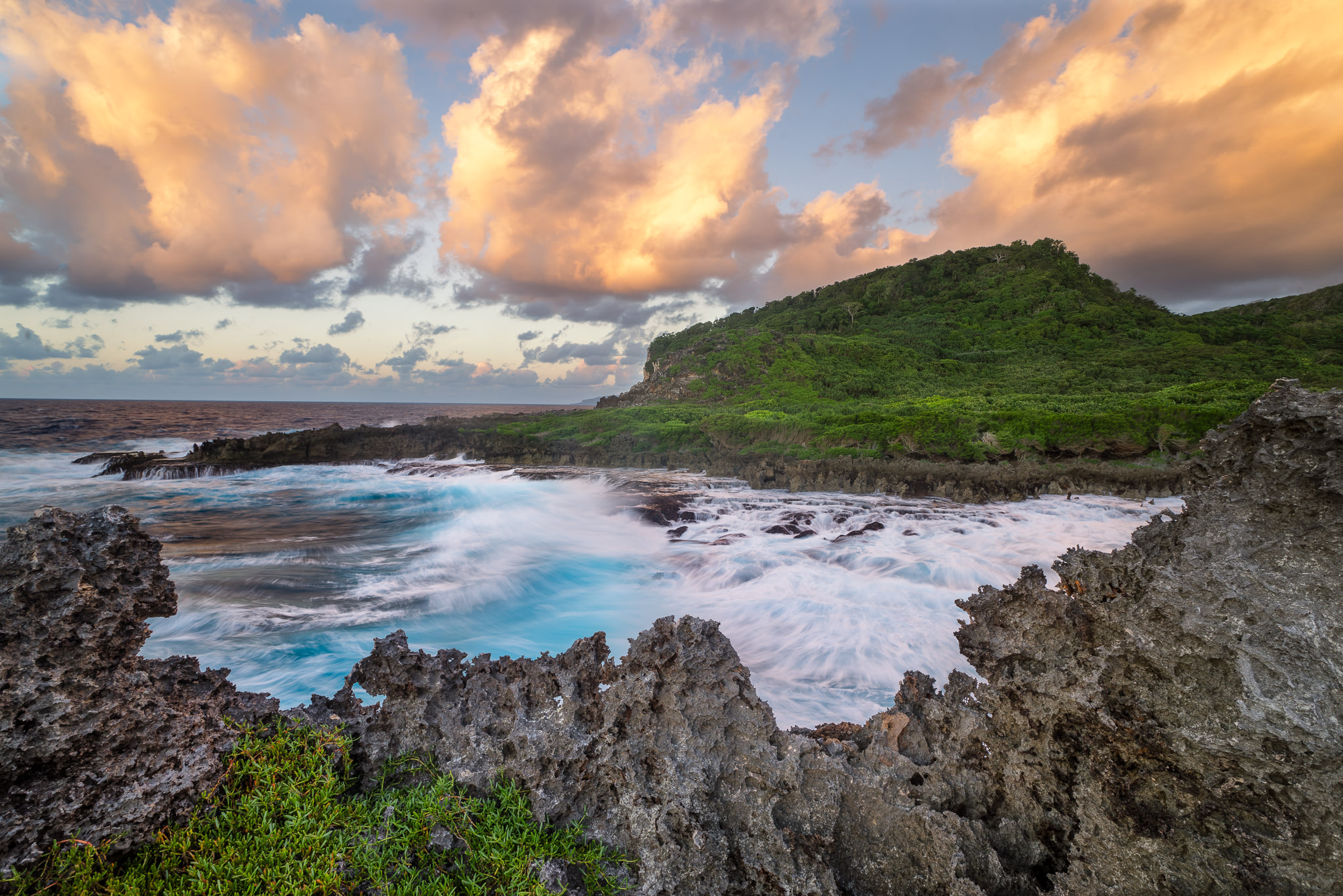
While the name “Christmas Island” might not ring a bell at first, I promise you that you have probably seen images or footage of it, especially if you are a fan of Discovery.com or National Geographic. Located 1600 miles northwest of Perth in Western Australia, is home to the famous Red Crabs. It is here that millions of red crabs migrate across the island each year in one of the most impressive and awe-inspiring natural migrations on the planet.
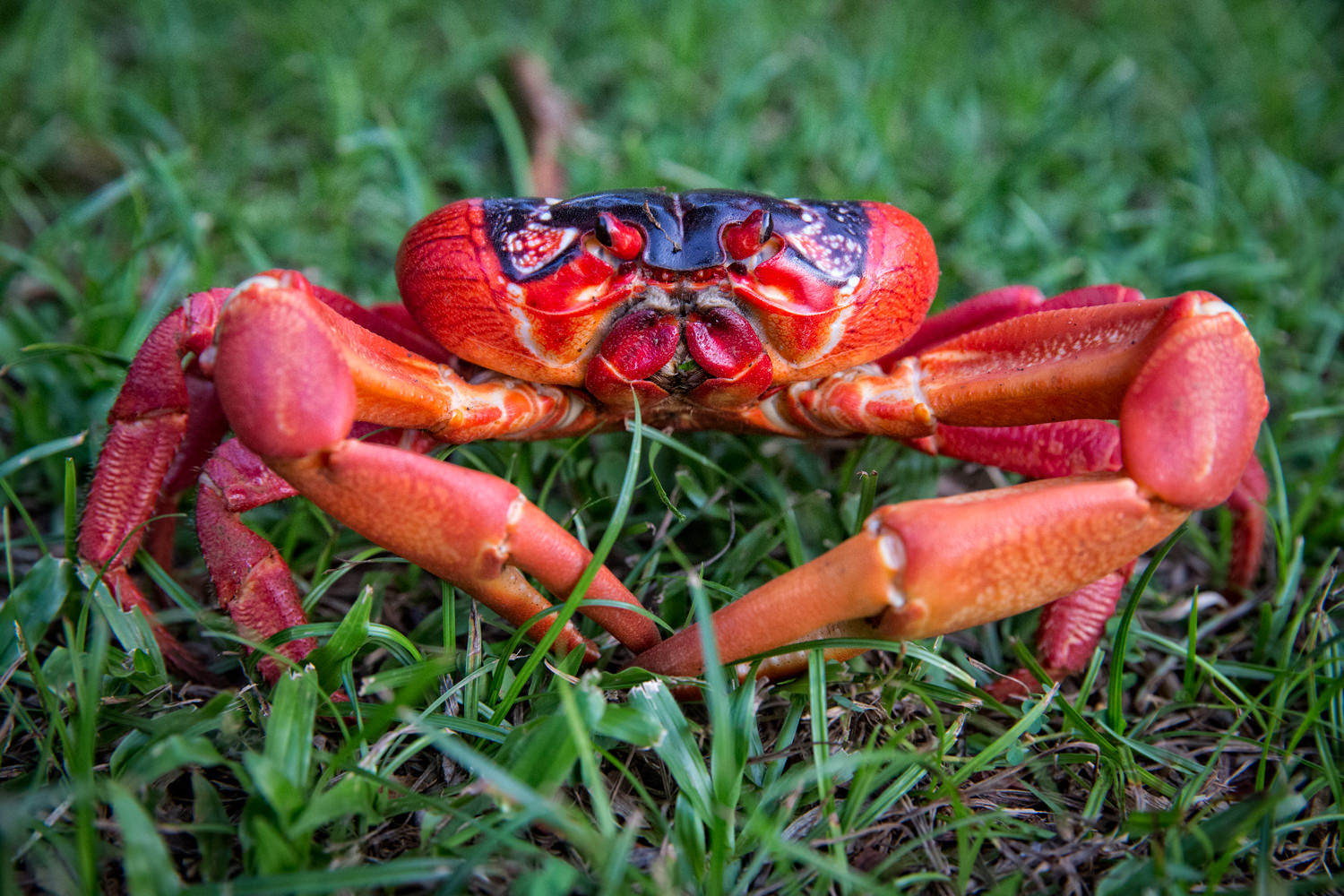
And while the wildlife itself is certainly impressive, the dramatic landscapes and scuba diving found here are incredible in their own right. It is for all these reasons that I have decided to put together this free travel guide to visiting and exploring Christmas Island. From getting to the island to sorting out accommodations to sharing my favorite spots to photograph, there is a lot of information to cover. With that being said…let’s get started!
Tell Me About Christmas Island
Technically speaking, Christmas Island is actually properly known as “The Territory of Christmas Island”, which makes sense since it is a territory of Australia, much like Puerto Rico here in the US. As I mentioned above, Christmas Island is located roughly 1600 miles (2600 km) northwest of Perth and 320 miles (500 km) south of Indonesia. Home to just 2,072 residents, this unique island is only 52sq miles in size (135 square km), of which 63% is actually an Australian National Park. This means that the vast majority of the Island is actually protected land.
While you won’t find white sandy beaches here (such as White Haven Beach in Queensland Australia), Christmas Island has a much more rugged and wild beauty that is more commonly found around Hilo on the east coast of the Big Island of Hawaii. By this, I mean dramatic limestone rock cliffs and lush/thick tropical forests that almost bring you back to the prehistoric times. That being said there are a few beaches worth visiting, such as Ethel, Lily, and Dolly Beach…but just don’t expect endless white sand…as that isn’t what you will find here on Christmas Island.
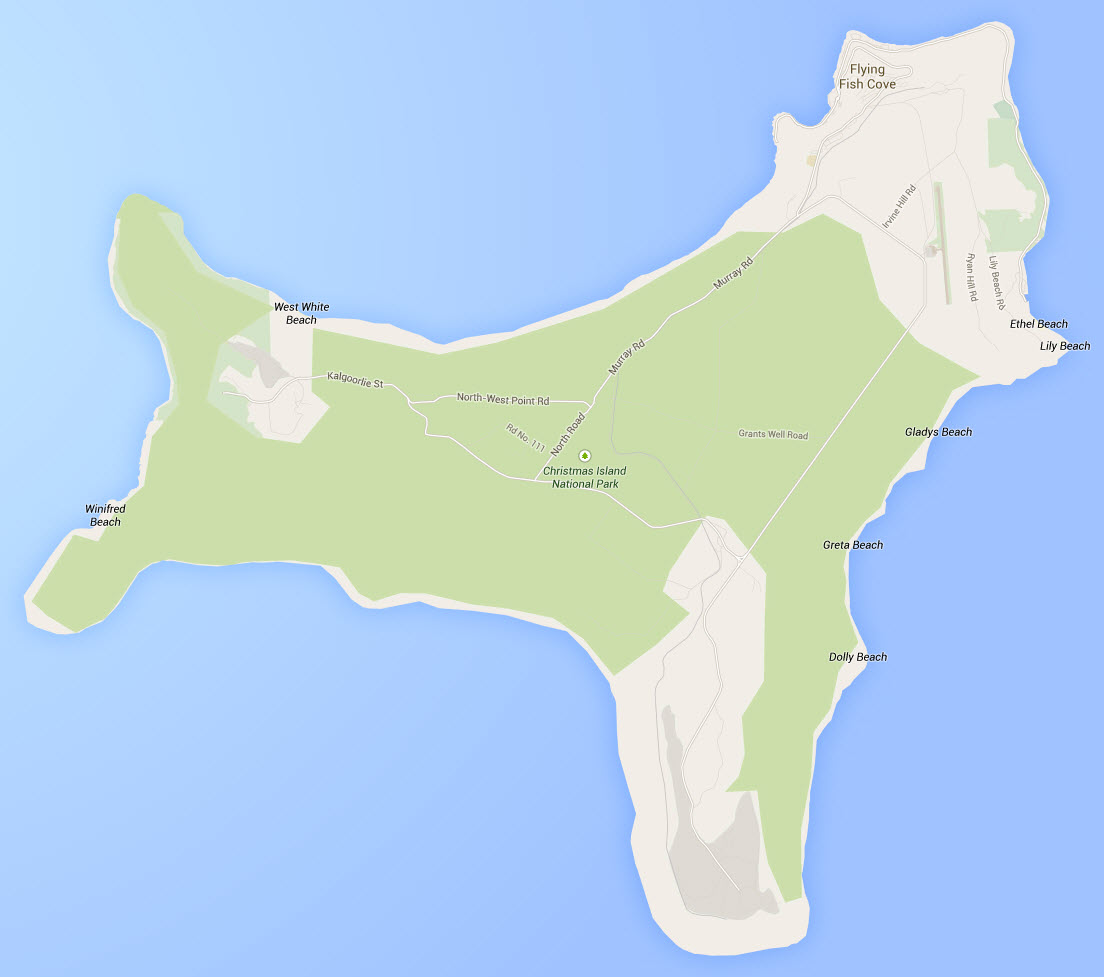
Because Christmas Island wasn’t actually inhabited until the late 19th century, most of its plant life and animal species here were allowed to thrive unchallenged by human interactions. This is the aspect of the Christmas Island that really reminds me of the Galapagos and while there aren’t giant tortoises here, they do have their share of amazing creatures. While we will talk more the famous crabs in a bit, it is important to note that the islands flora, seabirds, and wildlife are also beautiful.
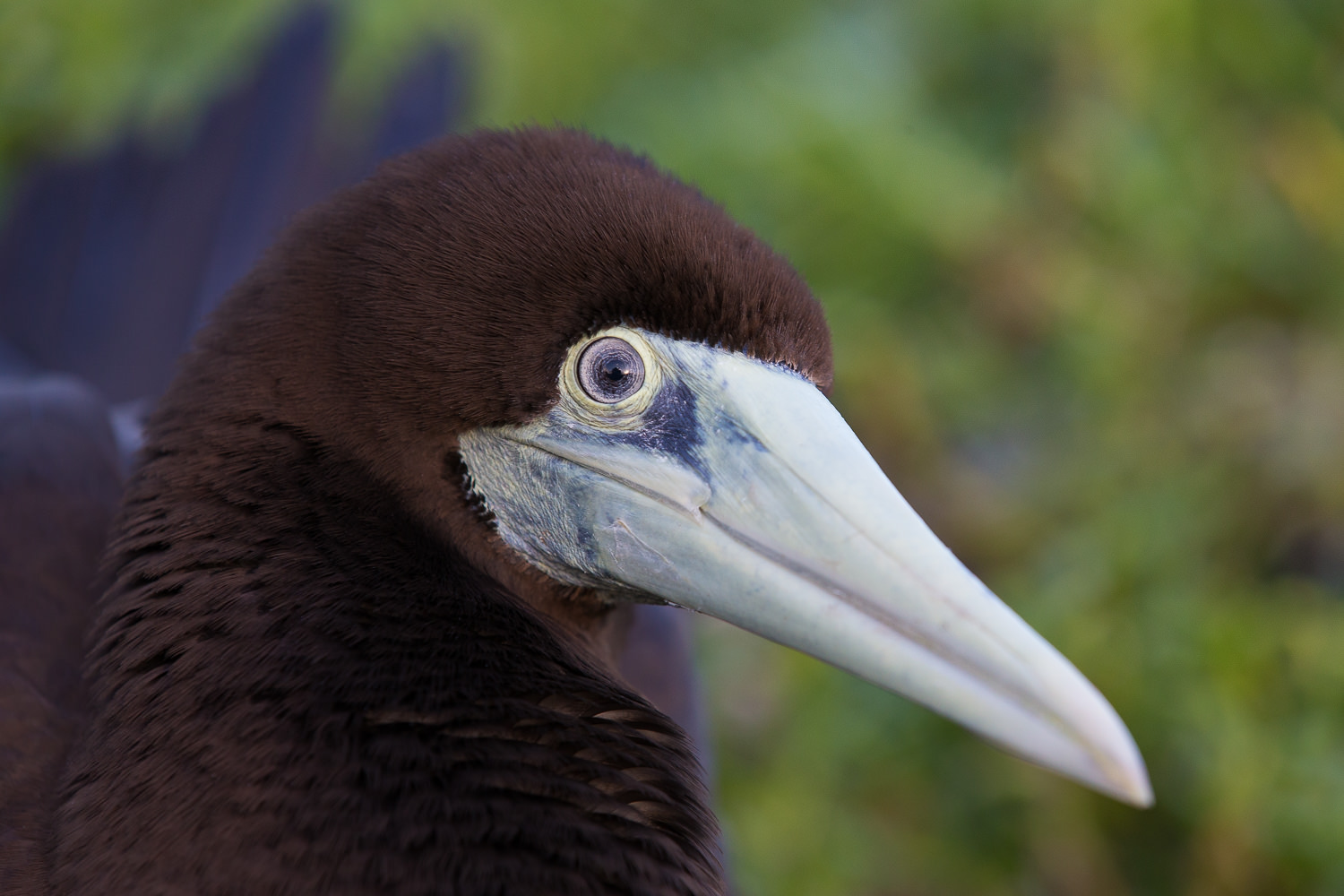
Lastly, Christmas Island was also home to the fairly controversial Australia Detention Center that houses many illegal immigrants that have tried to arrive into Australia by boat. While this fact tends to dominate the local and national newspapers in Australia, the truth is that I wouldn’t have even known it was there if I wasn’t told by the locals. I never ran into anyone that worked at the center nor did I notice its gates when I drove to that side of the island for sunrise one morning. Regardless, from what I am told, the Detention Center has all but closed down. Either way, I would be remiss if I didn’t mention it here in the guide.
Getting There
Because Christmas Island is located out in the middle of the Indian Ocean, 1600 miles from Australia, your best bet to get to the island is by plane.
Perth International Airport
For the most reliable service, you will want to check out Virgin Australia for their flights out of Perth to Christmas Island. They fly out of Perth a few times a week, but not every day, in a circuit between Christmas Island and the Cocos-Keeling Islands, located a few hundred miles further out to sea.
Charter Flights to/from Asia
Additionally, you might be able to find a few flights to Christmas Island from Asia. While I have never taken any of these flights, it seems the main hub you would be flying in and out of would be Jakarta in Indonesia although there might be a few other options.
When To Visit
Much like Hawaii or the Galapagos, Christmas Island doesn’t really have all that many “seasons”. Year round it is a balmy 80 F (27 C) and like most tropical climates, you will certainly experience humidity. That being said, there is a wet season, from Dec – April when you can expect it to rain at some point nearly every day. In my experience on the Island, this was simply a passing afternoon or morning shower, but being out in heart of the Indian Ocean, it can also experience much more severe weather during that time of the year.
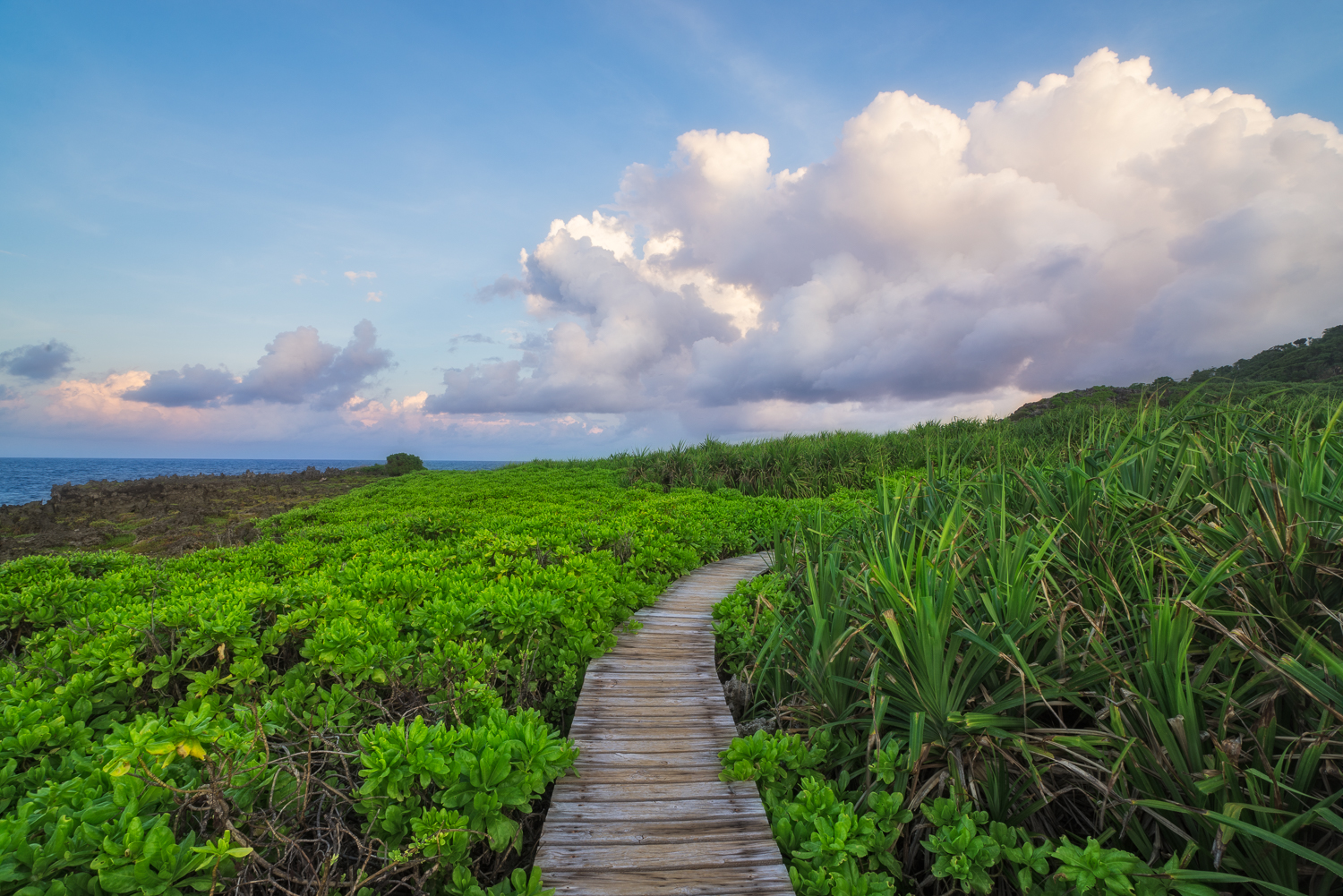
When it comes to the red crab migration, you will want to plan your adventure sometime around between November – January. The migration starts with the first big rains of the season, so if you have some flexibility and keep your eye on the weather, you might be able to plan things just right and catch the first baby crabs begin their journey.
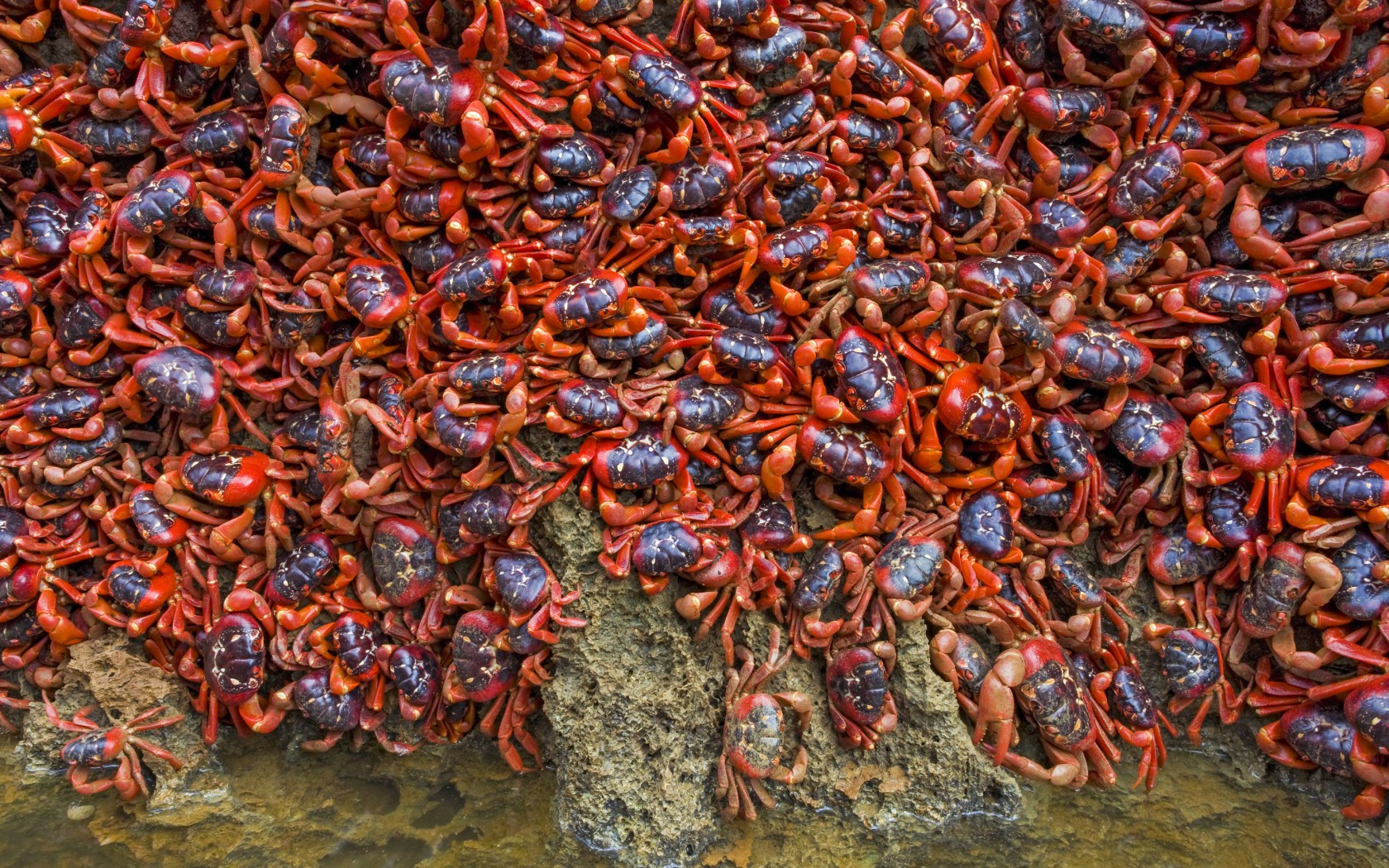
Accommodation
Unlike other tropical destinations, Christmas Island isn’t currently overflowing with tourists…which is great, as you can still easily find seclusion on the Island. Because of this, you don’t have hundreds of options when it comes to accommodation. In fact, there are only 8 hotels/lodges/cottages available, which means you probably do want to plan your trip in advanced. For all of your booking needs on Christmas Island, click HERE.
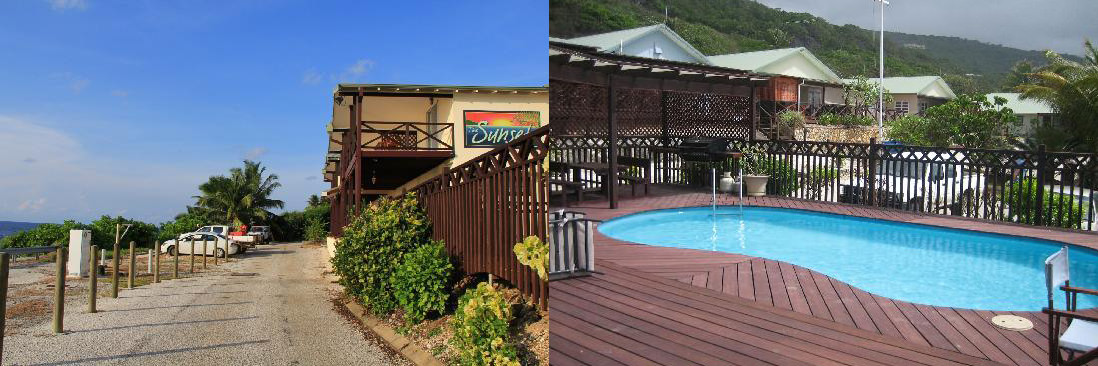
For my time on Christmas Island, I stayed at “The Sunset”, which was named aptly since it faced both the ocean and the sunset every evening. With a nice well-maintained pool, in-room AC (something I highly recommend) and friendly staff…there was a lot to like. On top of that, it was priced well in comparison to the other options on the island. Needless to say, I do recommend checking this one out! Here is a LINK to Trip Advisor for reviews.
Scuba Diving
While most people visit Christmas Island for the wildlife, the truth is that Christmas Island is one of the best kept secrets for diving in this part of the world. Because of its remote location and relatively low amount of commercial tourism, these waters are just about as pristine as it gets when it comes to epic dive locations. Here you not only have easy access to cave and wall dives just off shore, but chance encounters with 6m manta rays, over 600 species of fish and the gentle giant, the Whale Shark (From November – April).
*All images taken with a GoPro Hero 3+
With an average water temperature of 80 F (27 C) and an average visibly that is simply incredible, it is a very pleasant place to dive. As a certified advanced diver (PADI) for the last 10 years, I was able to take a variety of dives during my week stay on Christmas Island (standard, cave, coral wall dropoff and more). At the end of the day, I have to say that Christmas Island offers some of the best diving I have done in a long time.
Wildlife
When it comes to island paradises with incredible wildlife, there are a few spots around the globe that are typically on everyone’s bucket list, such as the famous Galapagos Islands (where I worked for a year teaching photography for National Geographic). After spending some time on Christmas Island, it wasn’t a surprise that many are calling it “Australia’s Galapagos”. With such eco diversity with minimal human impact, the island is primed for a thriving ecosystem.
Crabs
As we have talked about before, Christmas Island is known for it’s crab population. Here we have three main crab species…
Red Crabs
Typically small and red, theses guys are everywhere on the island. They are the ones that make up the famous red crab migration that can start as early as November and run through January. However, even if you visit the island outside of the migration itself, you will found thousands of red crabs sprawled throughout the island. On roadways, down walking paths, near the beach…deep in the tropic jungle….literally everywhere.
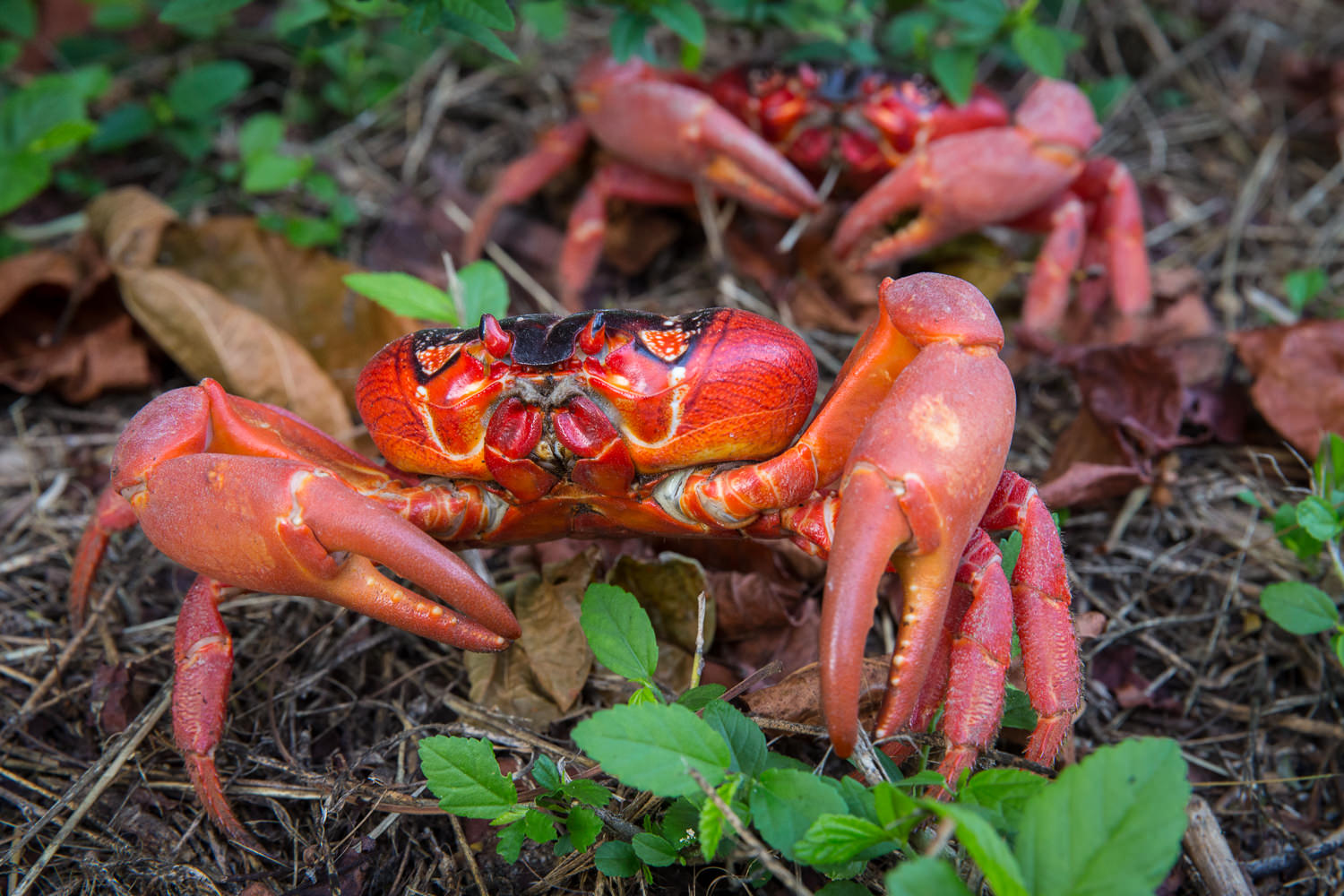
Blue Crabs
Similar to red crabs in shape, the blue grabs offer a nice color contrast to the more popular and abundant red crabs. They also happen to be a little beefier than their red crab cousins, although they are a little more shy and appear to have some sort of hair or fur on parts of their body, which is interesting for a crustacean and most likely a defensive feature.
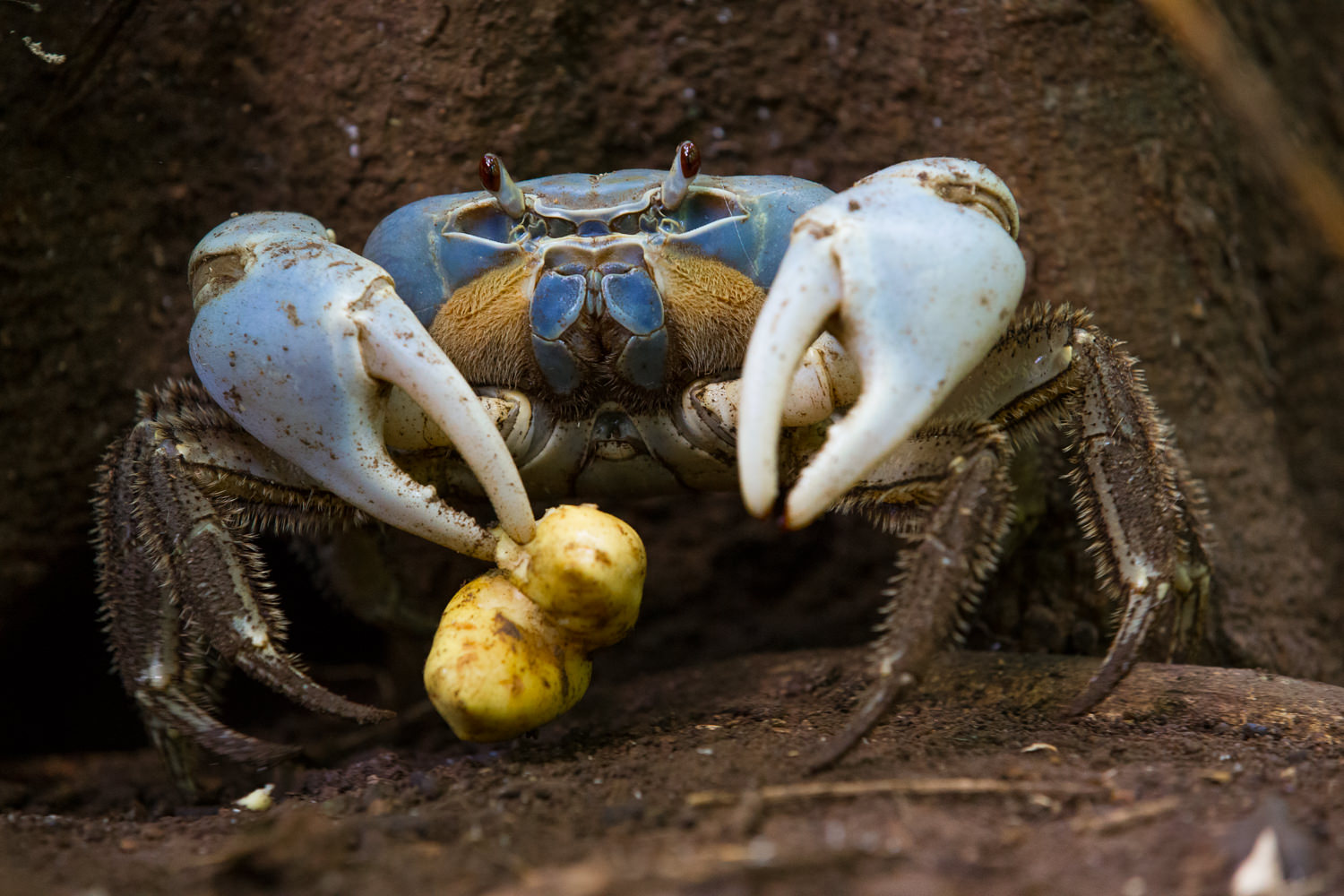
Robber/Coconut Crabs
These are your big boys and easily my favorite crabs on the island. They can grow up to a meter in size and they have massive pinchers that they like to show off. They have incredibly colorful shells and enjoy eating coconuts…especially on one of the beaches on the island. Coincidentally, because they are so tall…you can’t drive your car over them, as the under carriage will take them out. Slow and cautious is the way to go when driving..especially at dusk when they really start to come out looking for food.
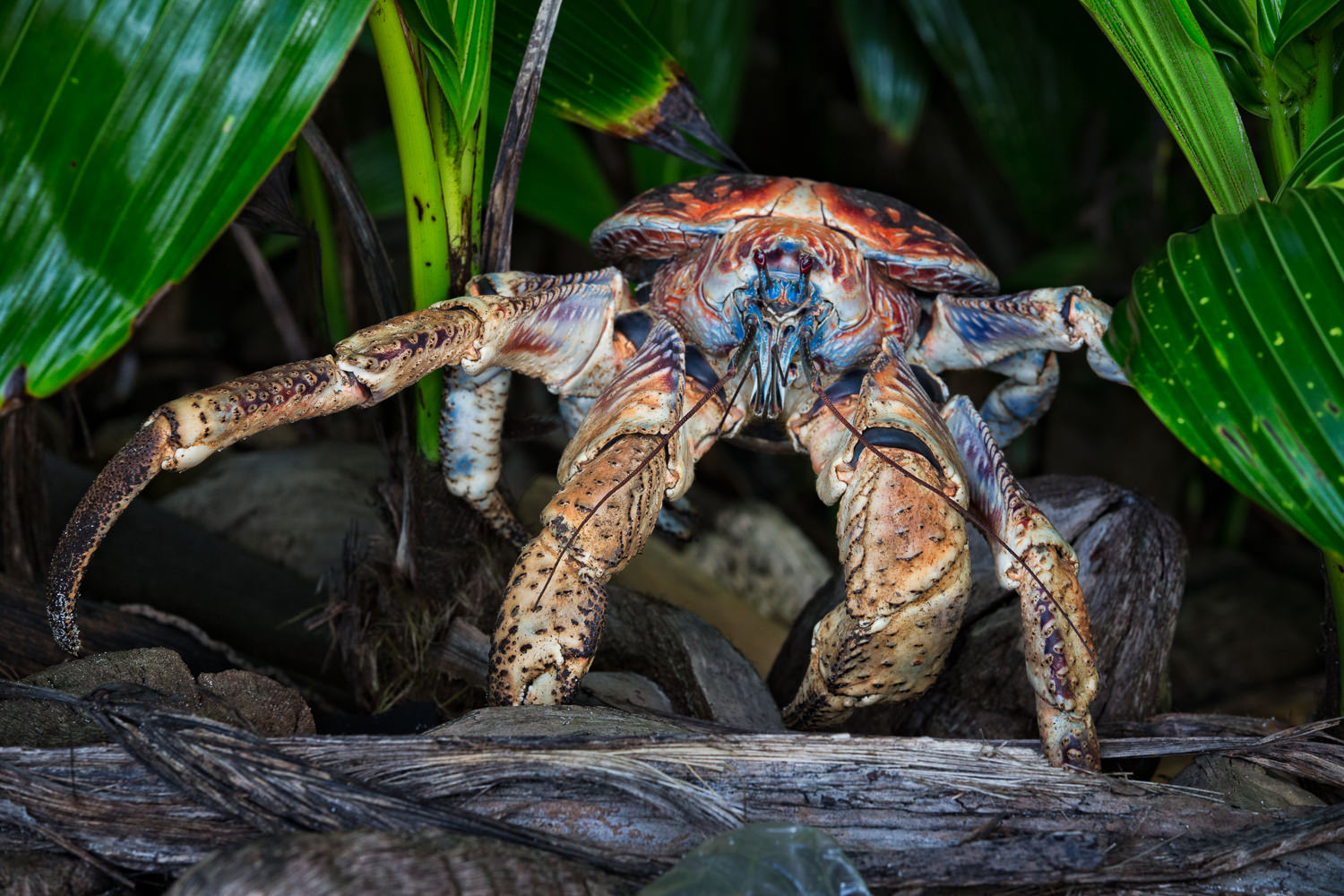
Tiny Green Crabs
While not as popular as the above crab species, I found a number of these little guys hiding in rocks. When I say small, I mean it, as these images were all shot with a macro lens.
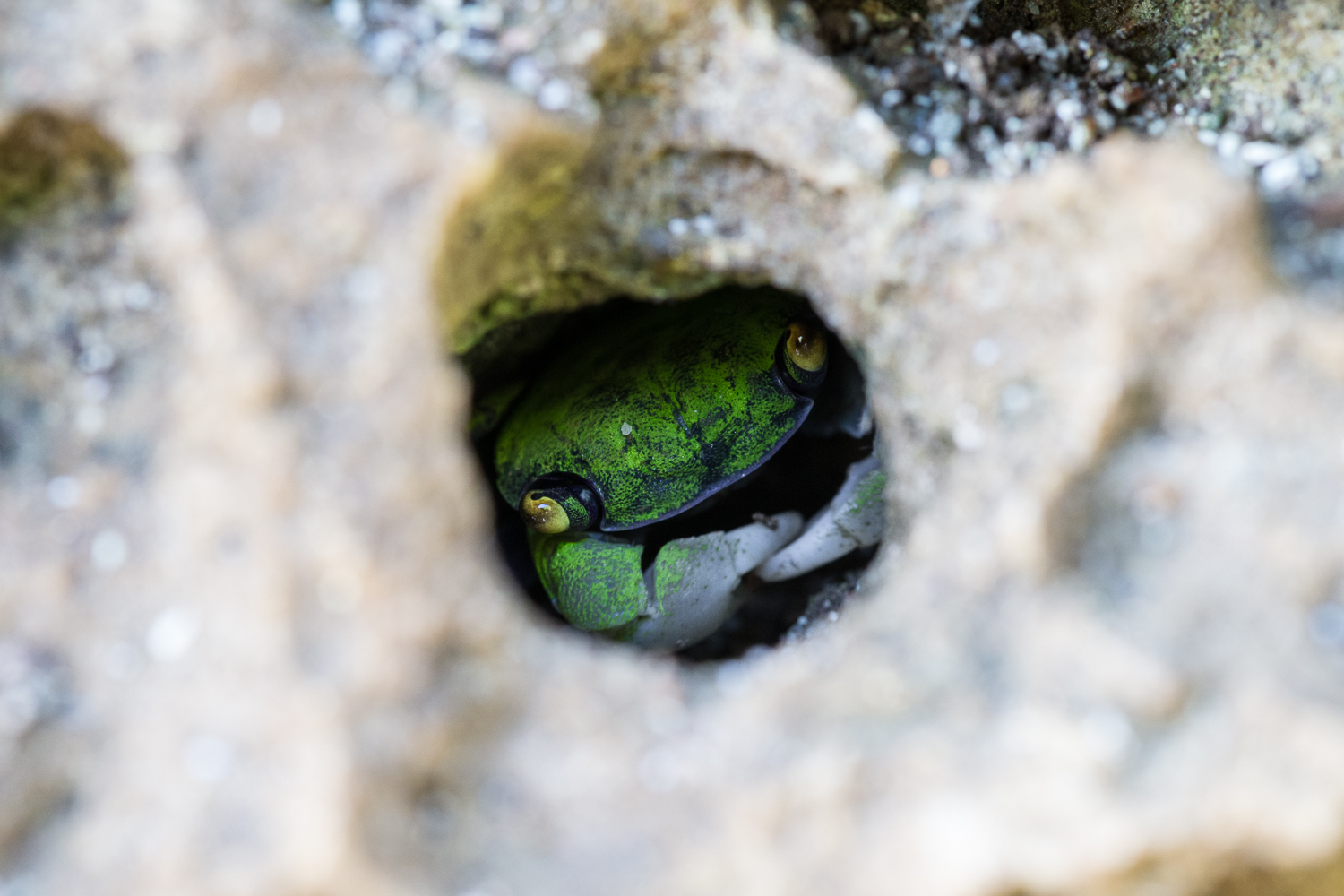
Birds
Among other things, Christmas Island also happens to be a bird watcher’s paradise. From Greater Frigatebirds to Brown Boobies to Abbott’s Boobies to Golden Bosuns and many more. Even though I am not a bird photographer, it was fun to capture a handful of these amazing creatures. Click on this LINK to check out a bird breeding and nesting calendar for the island.
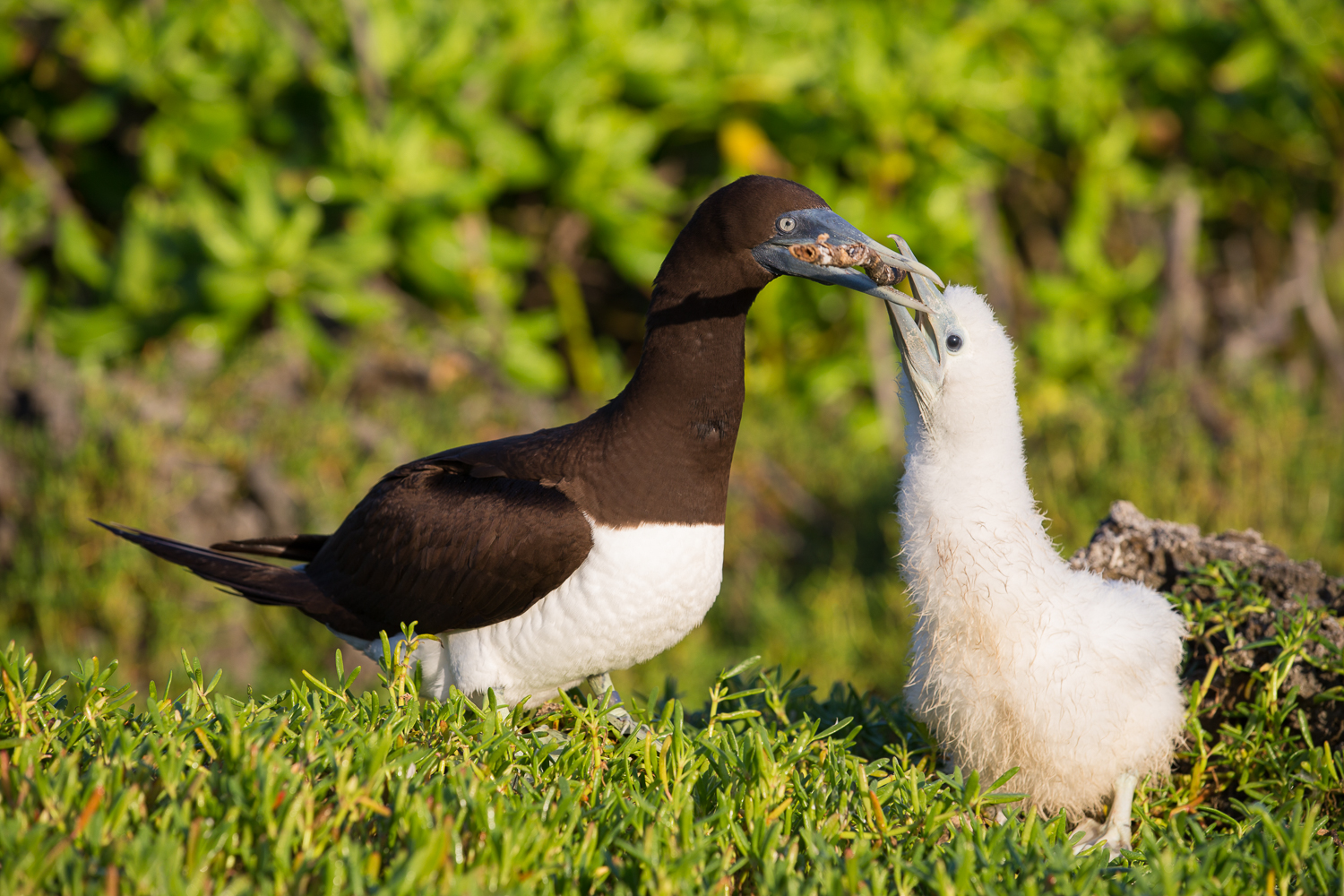
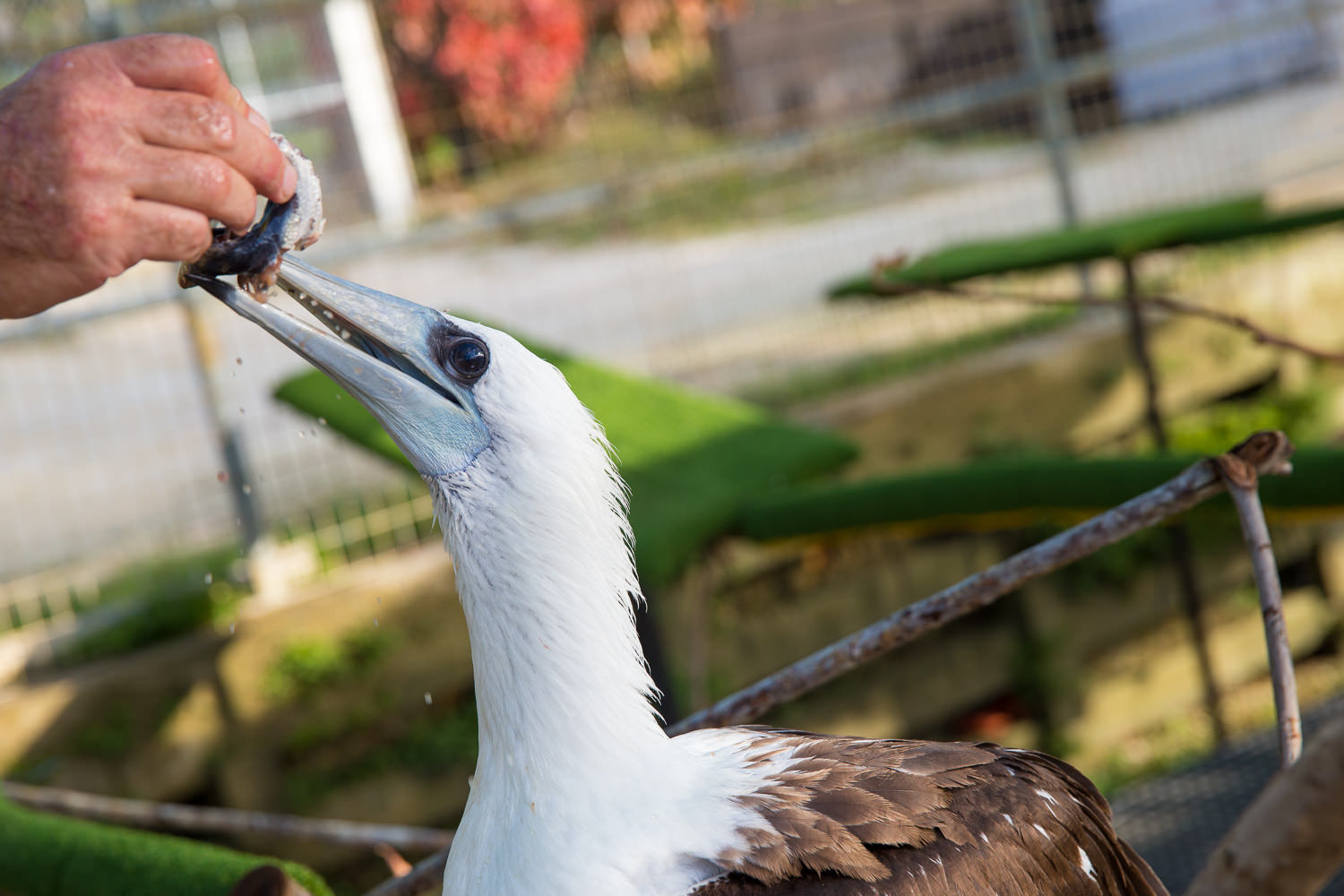
Places to Photograph
While Christmas Island is not a big island, there are a number of spots that are worth checking out at different times of the day.
Flying Fish Cove
Located near the only significant housing development on the Island, it is hard to miss Flying Fish Cove. Here you will find a small beach that runs down a portion of the cove as well as a number of rocks that can act as perfect foreground elements for your photos. Because the best views typically face North (ish), this spot can be good for both sunrise and sunset, depending on the weather. GPS location
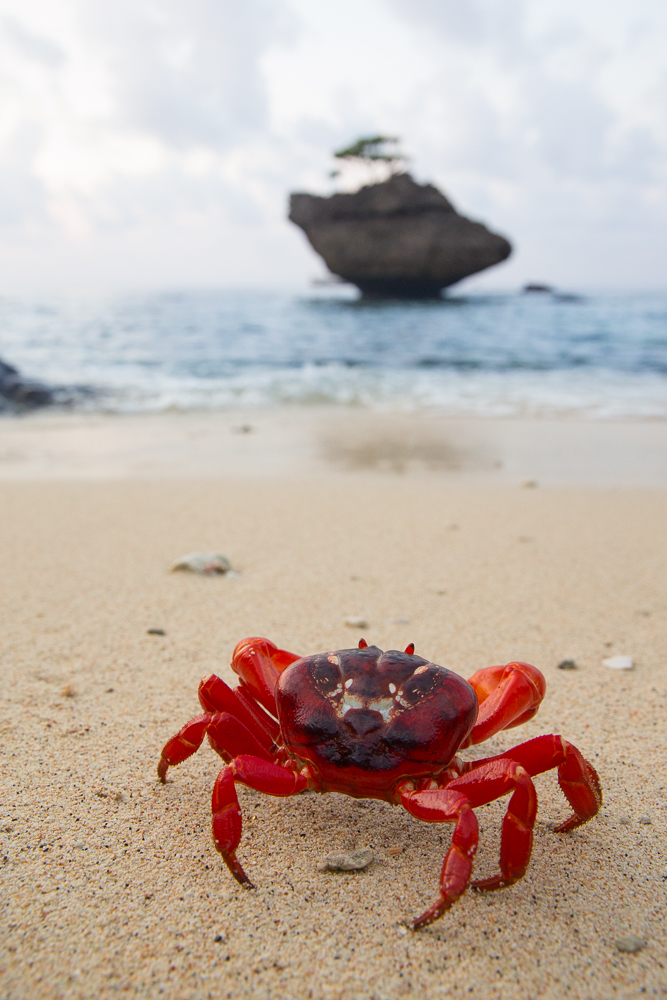
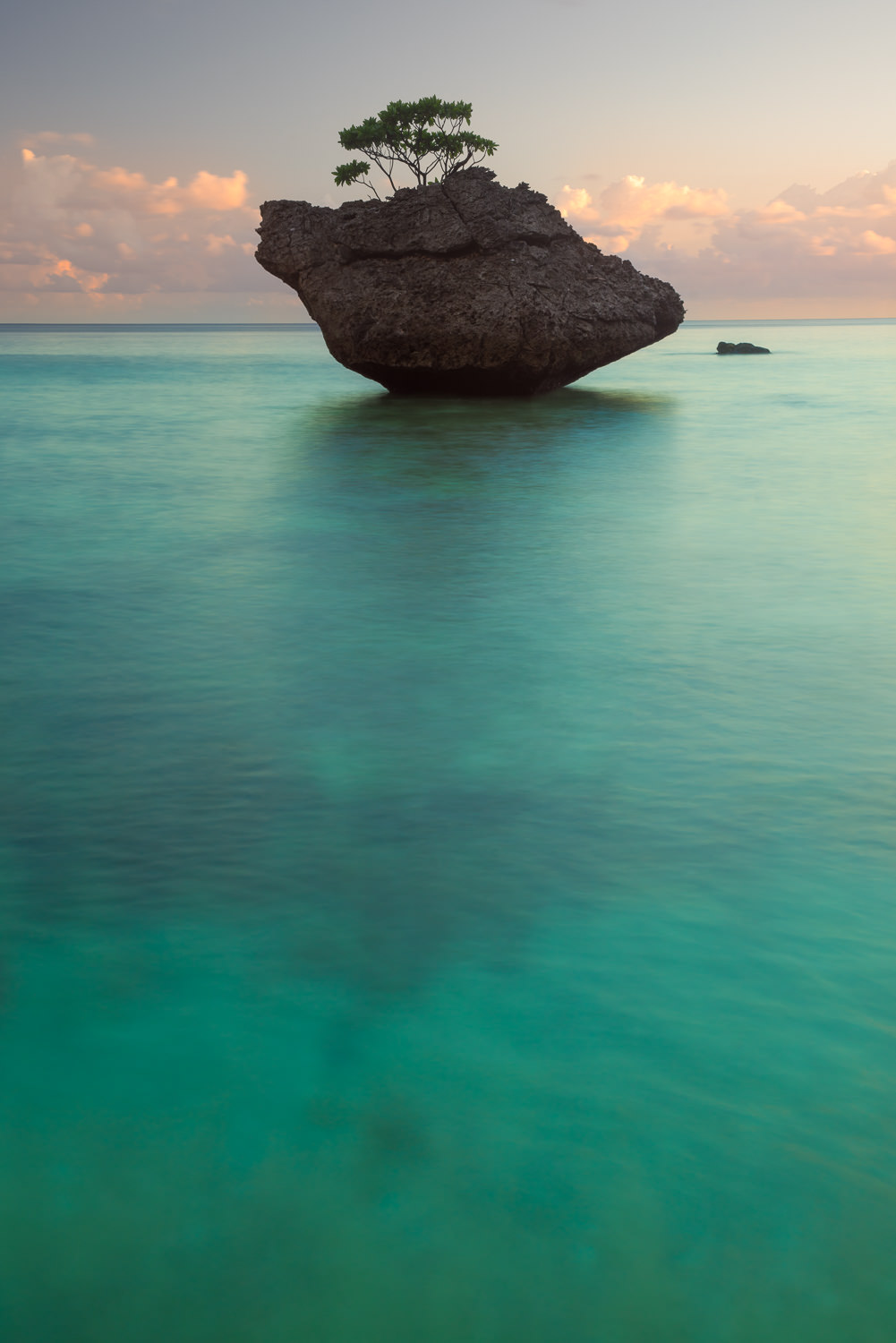
Lily Beach
While there is a nice little beach alcove at this spot, my favorite views come once you leave the beach area and start exploring around the rugged limestone rocks along the coast. Just be careful, much like parts of Hawaii, these rocks are razor sharp and a fall would not be pretty! GPS location
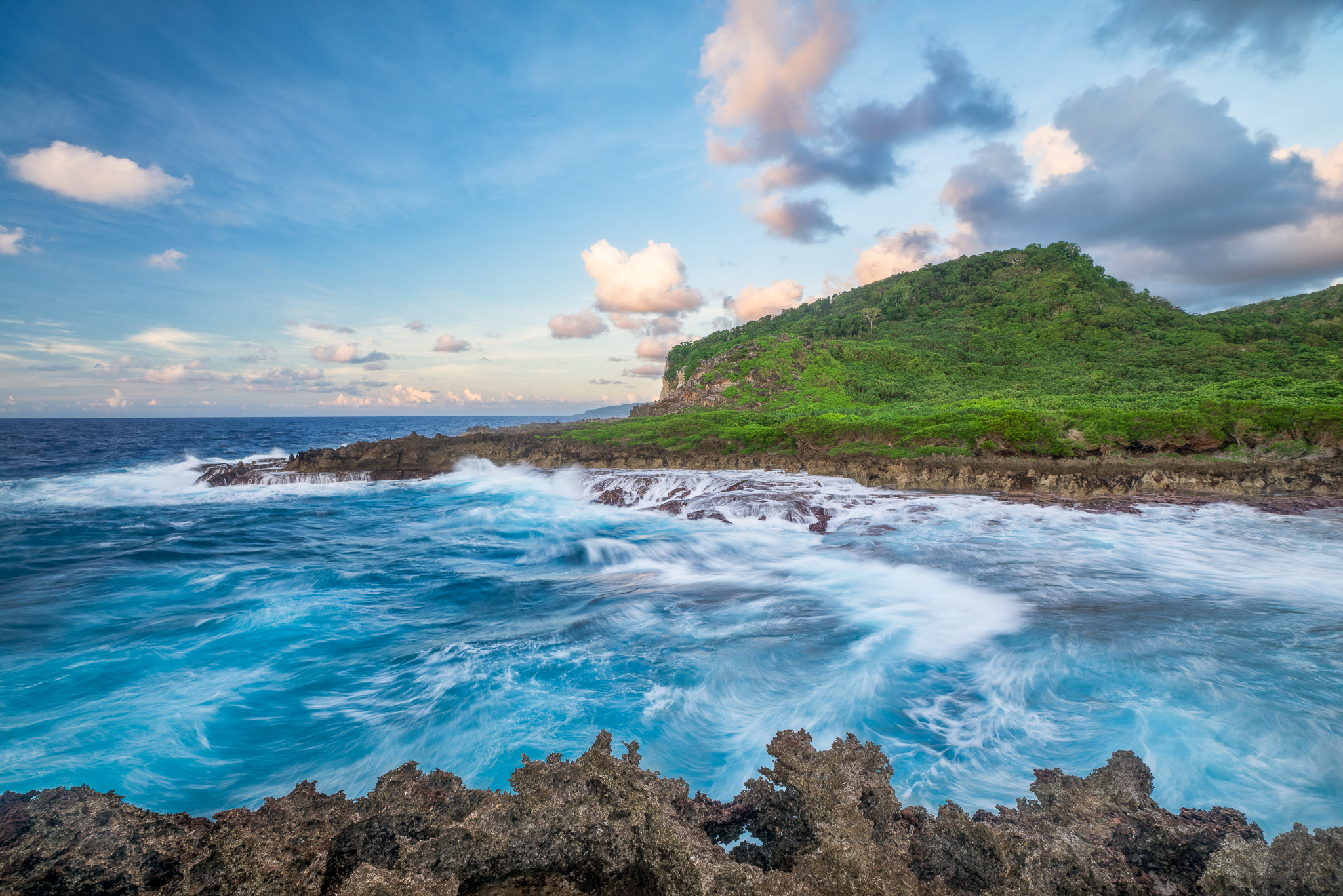
Ethel Beach
Located right next to Lily Beach, Ethel Beach is much smaller and different in nature. While Lily does have some sand and a protected alcove, Ethel beach is made up mostly of shells, with some sand mixed in. It is also much more susceptible to tidal shifts, which means that you often might find yourself getting your feet wet as the “beach” isn’t very deep to begin with. Is a nice sunsrise spot as the length of the beach faces North East. GPS location
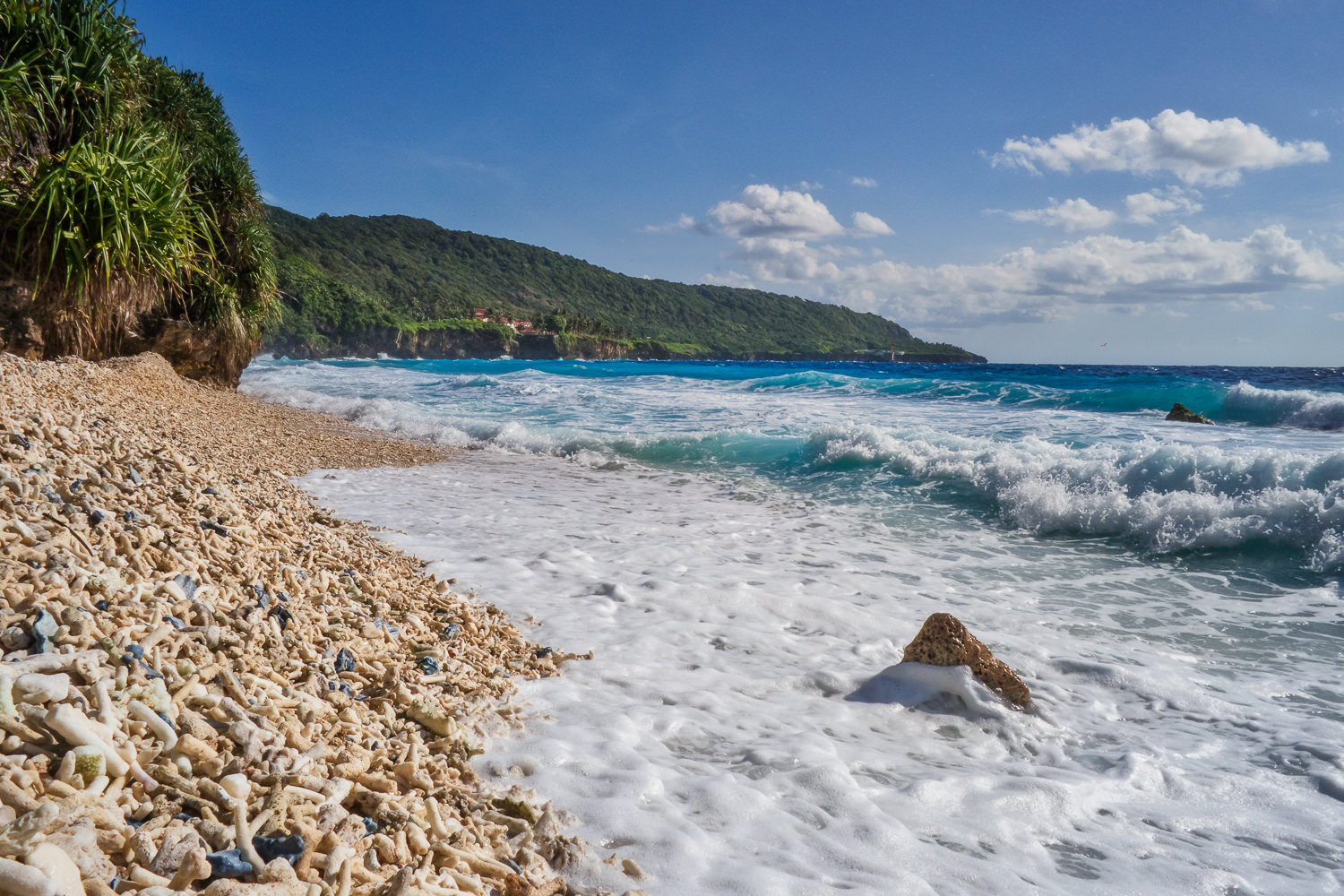
The Grotto
Just off one of the main roads on the island is a small coastal cave that is pretty impressive. After parking on the side of the road and enjoying a short 3 minute hike down a well marked trail that will most likely have any number of red crabs crawling all over it, you will find The Grotto. With the stalactites coming down from the roof of the cave and the crazy blue water found inside, it has been given the name “The Mouth of the Dragon”. While the water in the cave does come in with the ocean waves (which you can hear rolling in and out), it is also feed by a freshwater spring that helps keep the water itself cool, clear and blue. On hot days, there is nothing quite like taking a quick dip in The Grotto. GPS location
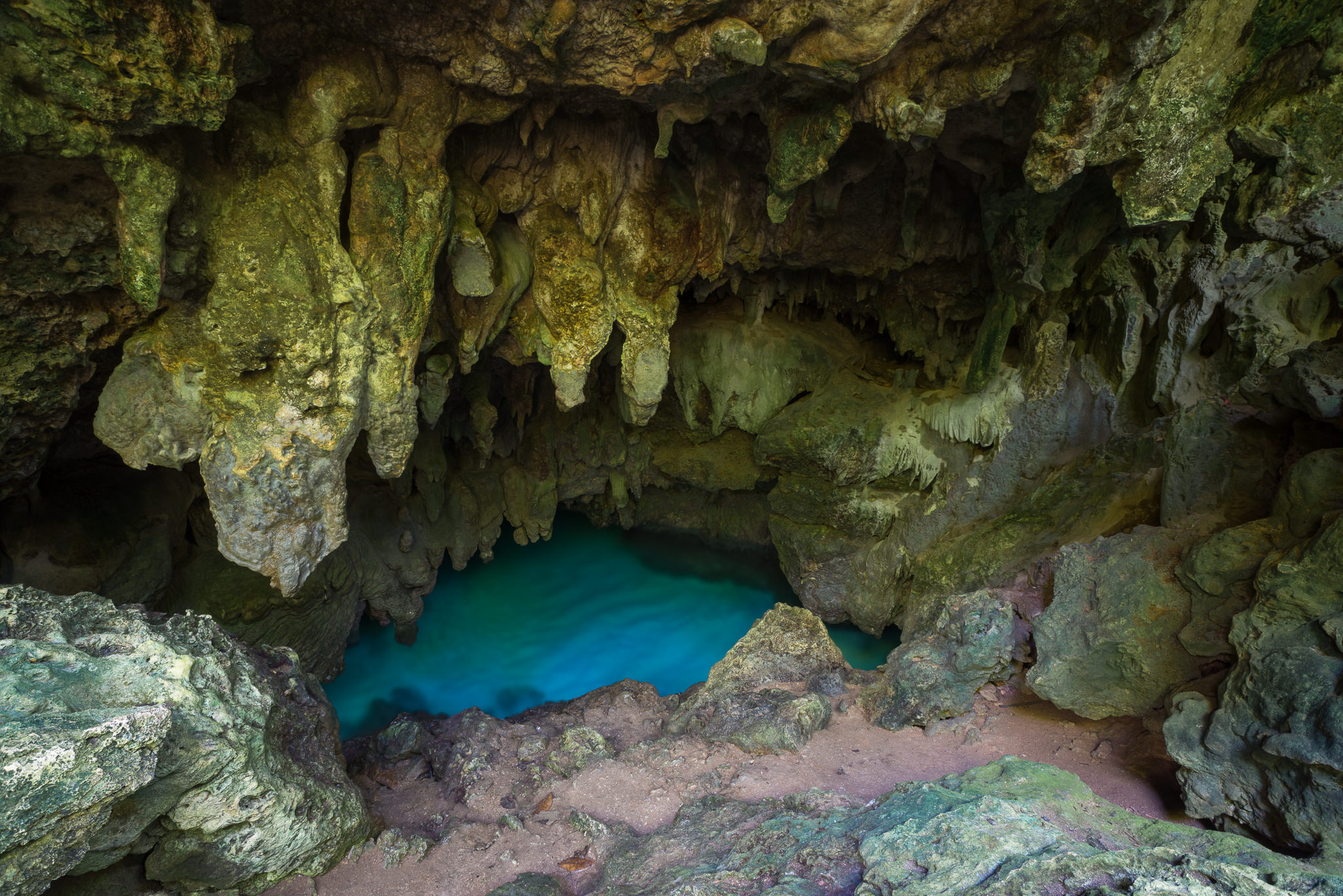
Blowholes
On the southern part of the Island, you can find the area known as “The Blowholes”. Here you find a large number of natural blowholes coming out of the limestone rock formations on the coast. As the tide and waves roll in, these holes direct the water moving through these chambers into a controled burst of energy as water is thrown up into the sky. The stronger the waves, the more powerful the blow holes tend to be. While you can visit this location at sunset to try to capture some gorgeous clouds off to the west, a mid day trip with abundant sunshine might provide mini rainbows over each of the blow holes doting the area. GPS location
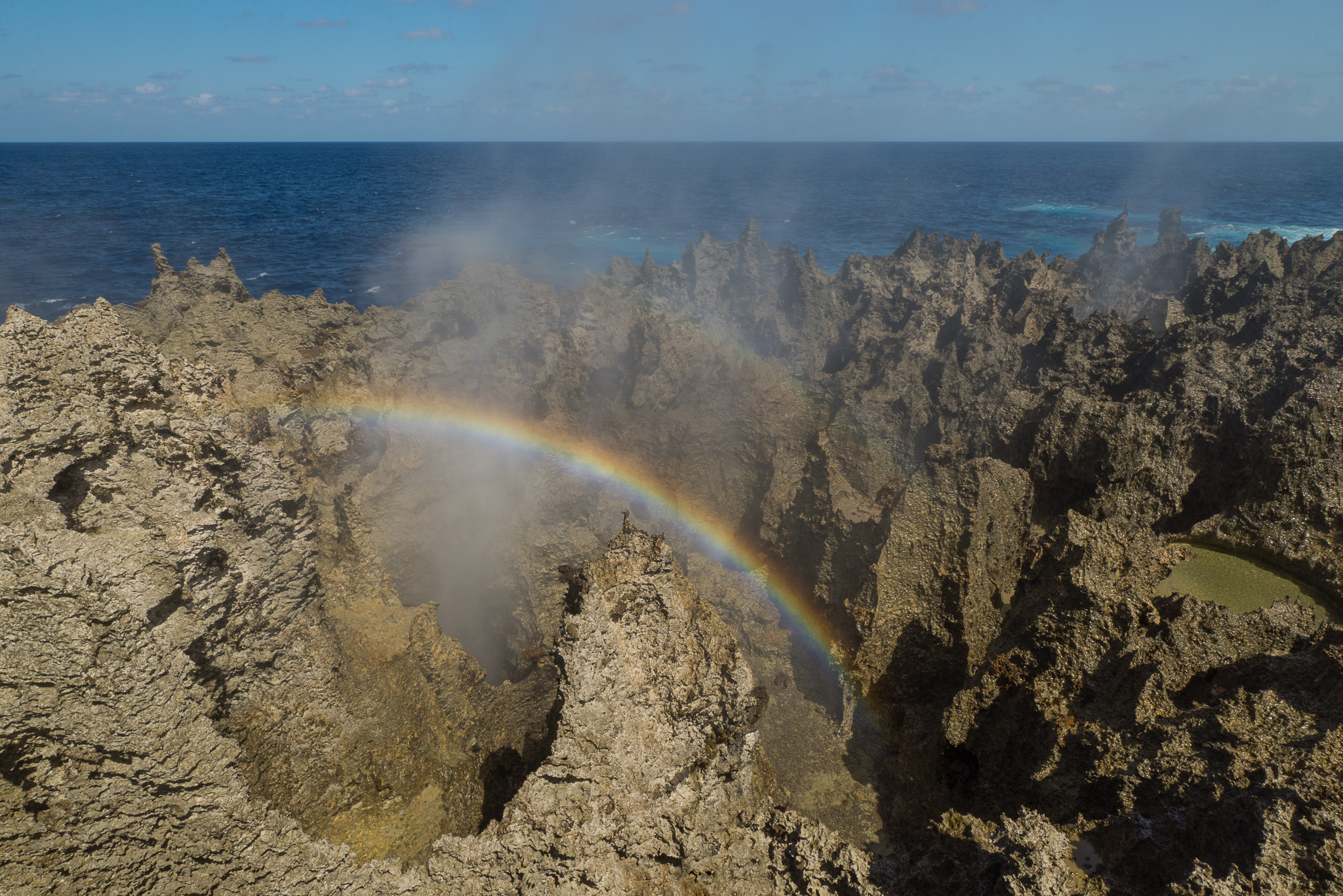
Dolly Beach
While Christmas Island is not known for its beaches, there is one main exception known as Dolly Beach. While it doesn’t necessarily have a pristine white sandy beach, it is one of my favorite spots on the island. The beach itself is beautiful, although ocean debris does wash up here because of the direction the beach faces mixed with the ocean currents. However what makes this place special is the abundance of small tide pools and limestone rock formations right at the water. It is truly a photographer’s paradise. Top that off with the fact that the beach is known for is Robber/Coconut Crab population, especially towards the back of the beach…near the coconut trees, and you begin to see why it is a favorite of mine. The caveat is that the road to Dolly Beach is relatively unpaved and requires an SUV or 4×4 of some kind. On top of that, once you get to the trailhead, it is roughly a 2km hike in along a mostly wooden walkway to get to the beach itself. Regardless, it is worth the effort if you get the chance, especially for sunrise…just don’t forget your flashlight! GPS location
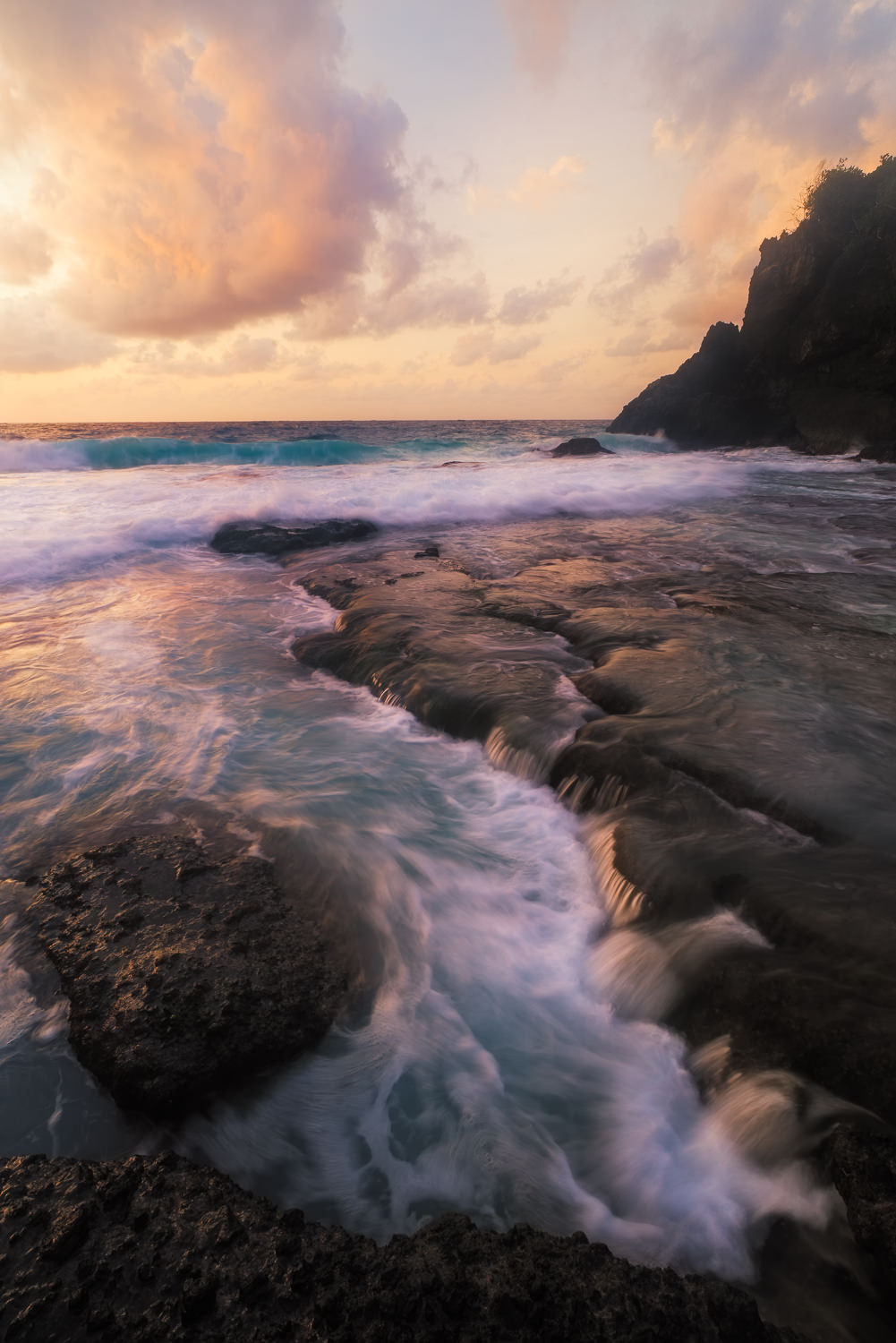
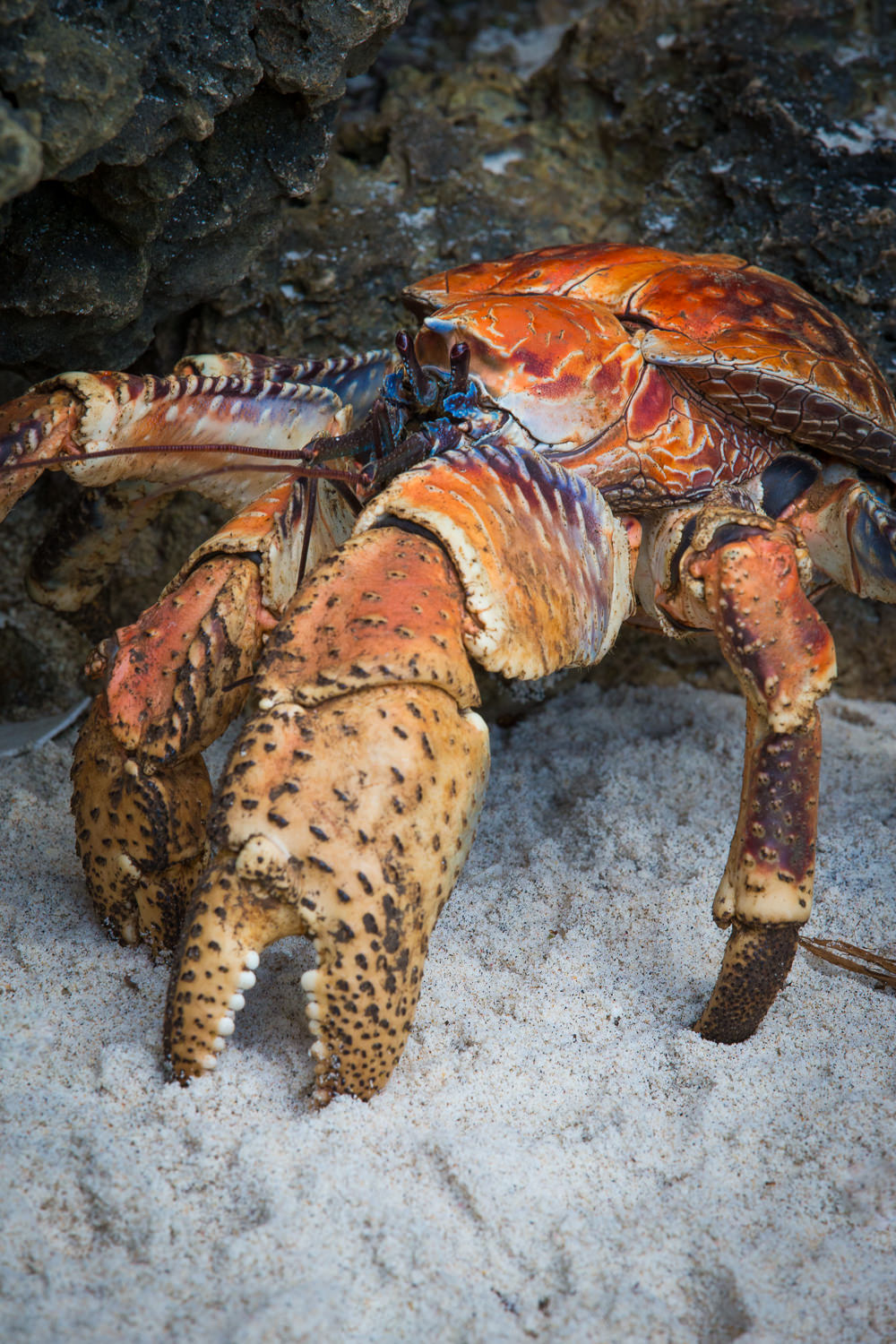
Martin Point Overlook
With excellent views of a gorgeous sea cliff mixed with a comfortable viewing platform and picnic area, Martin Point is a great location to check out for sunset or in the late afternoon. It is important to note that a 4×4 is required to get to the trail-head, which leads you to a very short walk up to the point. Additionally, if you bring food for a late afternoon picnic, make sure that everything is in sealed containers. Coconut Crabs are known in this area to skip the pleasantries of introducing themselves before feasting on whatever goods you might of brought with you. GPS location
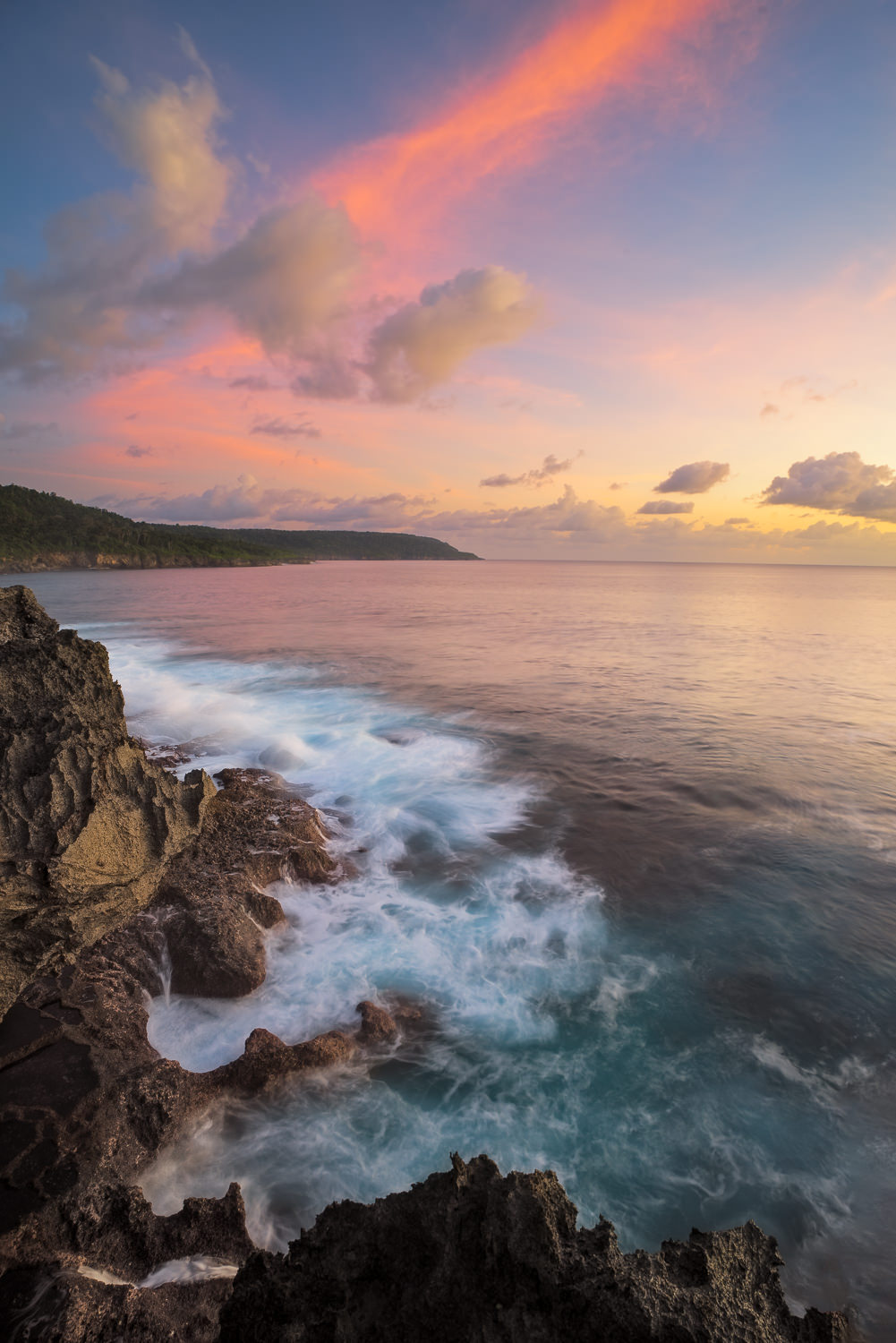
Image Gallery
In addition to all the places listed above, Christmas Island is full of tons of incredible random photo opportunities.
Final Thoughts
As you can see, when it comes to Christmas Island there is a lot to love. Between the wildlife, gorgeous landscapes, friendly locals and excellent diving…it is hard not to walk away from this place already planning your second visit.
While it is certainly remote, could use a bit more tourism infrastructure and is not as easy to get to as other tropical destinations…it is these characteristics that make Christmas Island truly unique. As I said above, if you are looking for white sandy beaches and beach resorts with hundreds of other tourists…this isn’t the place for you. But if you want to check out an island paradise that resembles how The Galapagos Islands might of looked 30 years ago, start planning your trip to Christmas Island NOW!

